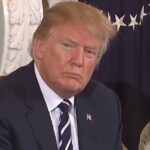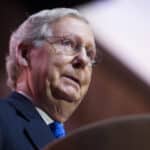
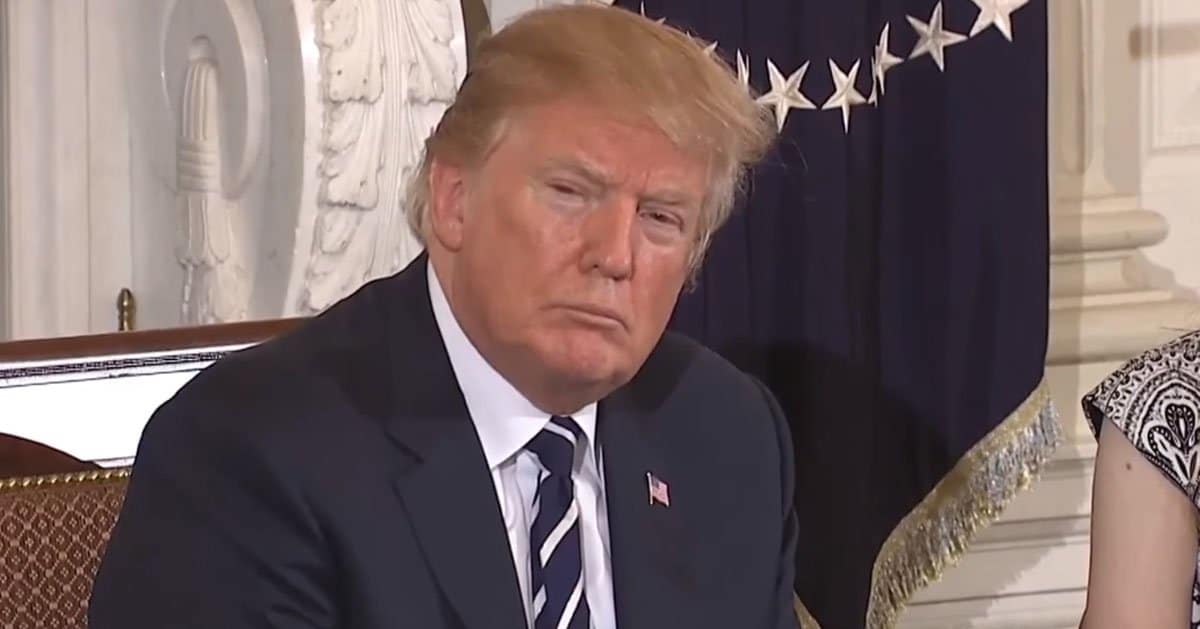
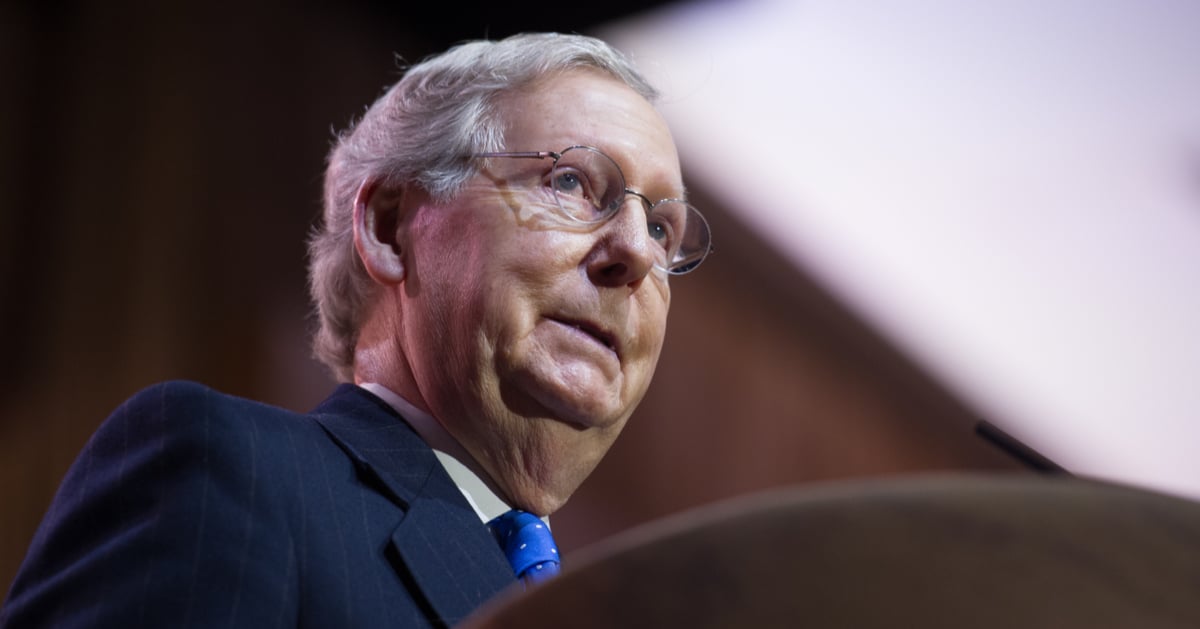

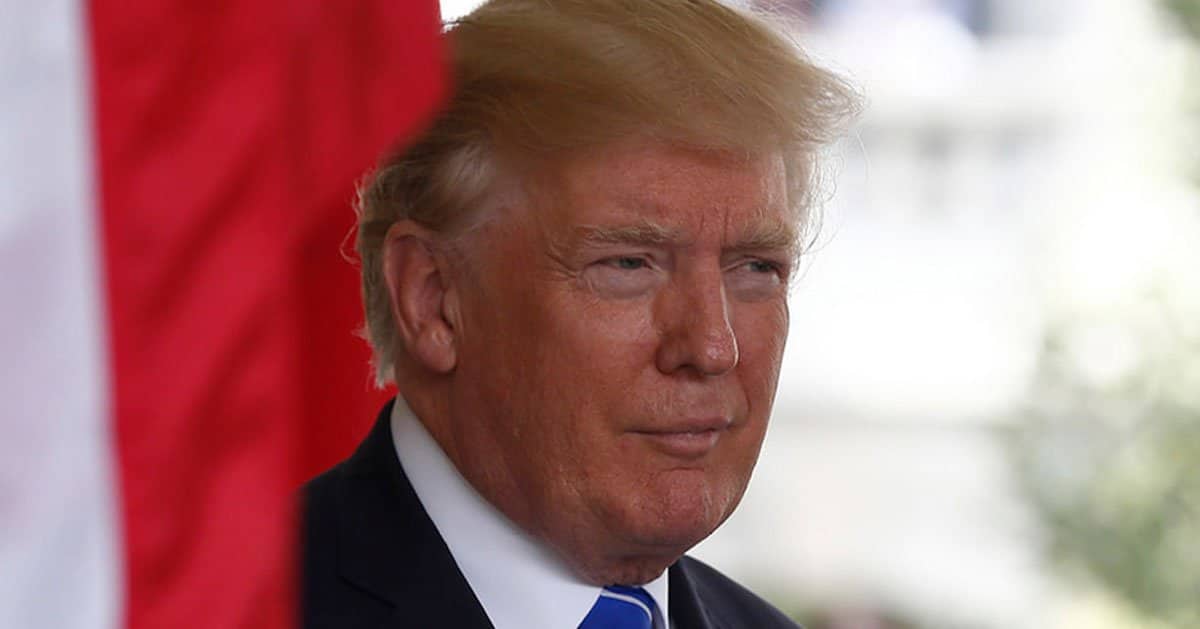
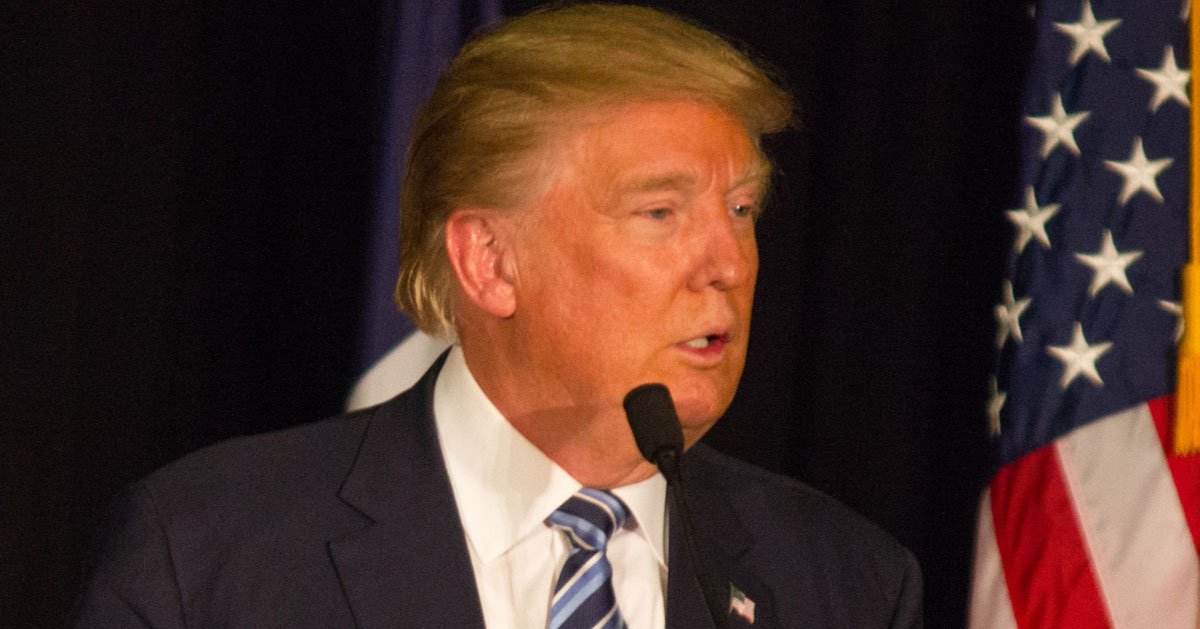
In a surprising Oval Office event, President Donald Trump and Elon Musk revealed their plan to significantly downsize the federal workforce through a new executive directive.
USA Today reported that the move is aimed at reshaping the government's operational structure which has led to heated discussions regarding its repercussions and legitimacy.
The executive order, signed by President Trump, calls for extensive reductions across federal departments, concentrating on eliminating roles not considered indispensable.
This initiative, referred to as "workforce optimization," is the brainchild of Musk's Department of Government Efficiency (DOGE). It targets dismantling what Musk portrays as an "unelected branch" of government bureaucracy, with a focus on enhancing efficiency.
Under the directive, agency heads are instructed to work alongside DOGE in determining which jobs can be deemed non-essential and should therefore be abolished. Meanwhile, hiring is restricted to only vital positions. This was confirmed shortly after reporters exited the Oval Office, following the order's official endorsement by the White House.
Per the executed mandate, agencies are urged to consolidate their functions and eliminate various office units not protected by statutory requirements.
Moreover, a program offering buyouts to the approximately 2.3 million federal personnel has seen limited success, with under 3% of employees accepting the early resignation incentives. The anticipated shortfall in voluntary departures could prompt further workforce reductions through layoffs and furloughs if the buyout goal isn't attained.
Legal proceedings have already commenced, with a federal judge in Massachusetts temporarily halting the buyout process pending an official courtroom review. This judicial intervention underscores the contentious nature of the cuts amidst legal and public scrutiny.
An additional layer to the executive order restricts the government from hiring more than one new employee for every group of four that leave, subsequent to an ongoing hiring freeze. Exemptions apply to sectors critical to national security, immigration, and law enforcement, maintaining their staffing levels.
Musk, known for his disruptive take on efficiency and his leadership at DOGE, emphasizes the crucial nature of reducing the nation's budgetary shortfall, aiming to cut it from $2 trillion to $1 trillion. He remarks, "It's not optional to reduce federal expenses, it's essential," highlighting the government's need to address fiscal inefficiencies.
The reform initiative instructs each agency head to draft a report, assessing the potential consolidation or closure of their divisions within a specified 30-day timeline.
Further, an Office of Personnel Management memo seeks the identification of underperforming personnel for potential job terminations, aligning with the process to sharpen workforce competence.
President Trump, with Musk's guidance, has begun shutting down certain federal organizations, including the US Agency for International Development. However, federal courts have intervened, suspending some closures and restricting DOGE's resource access.
The executive order's broad-sweeping nature has spurred intense debate across political aisles and public forums concerning its broader socio-economic ramifications. Critics argue it could undermine essential federal services and deepen political divides.
Musk, maintaining a firm standpoint, mentions, "The people voted for major government reform and that’s what the people are going to get," reinforcing the administration's resolve to drive the reform agenda. Nonetheless, these efforts are being monitored closely by both the centralized authorities and the judiciary.
President Trump asserted the necessity of refining government operations, stating, "We've already found billions of dollars of abuse incompetence, and corruption," reflecting the administration's objective of uncovering and rectifying inefficiencies.
As legal challenges progress, the tangible impacts of this executive order on the federal workforce and its aligned sectors remain pivotal to its long-term success or failure. While the White House and DOGE continue to administer and justify policy changes, the affected federal entities brace for possible realignments or cuts.

